![]() It has been a few months since I have put a blog out, so I had best pen to paper. Since my last blog we have had more horses come through our facility as well as having a home course as well. In October we had a 3 day course at Anstead Acres in Brisbane, our thanks to Pam Andrews for all her efforts and those that attended the course. We even had some cows to rope and play with as well.
It has been a few months since I have put a blog out, so I had best pen to paper. Since my last blog we have had more horses come through our facility as well as having a home course as well. In October we had a 3 day course at Anstead Acres in Brisbane, our thanks to Pam Andrews for all her efforts and those that attended the course. We even had some cows to rope and play with as well.
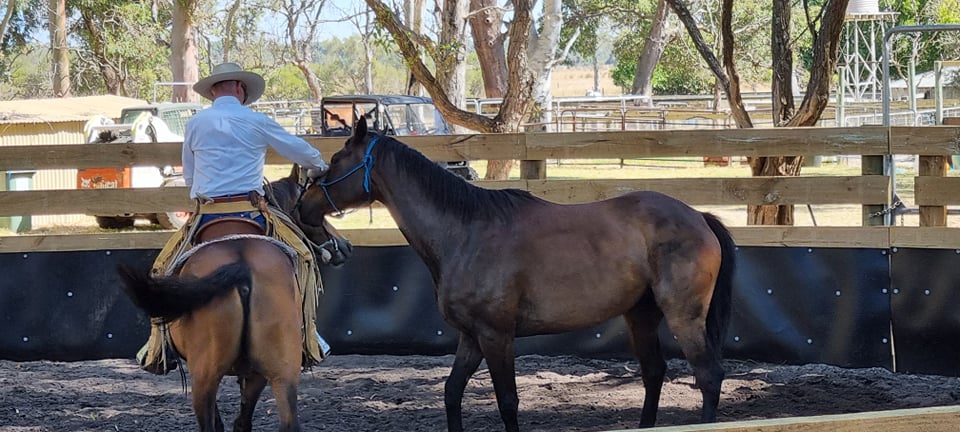 I have just returned home from 2 weeks in Western Australia with Jenny Jackson at Horsemanship First. Jenny and George Jackson have a wonderful facility and we had both courses, lessons and a couple of young horse starts.
I have just returned home from 2 weeks in Western Australia with Jenny Jackson at Horsemanship First. Jenny and George Jackson have a wonderful facility and we had both courses, lessons and a couple of young horse starts.
Next years schedule will be updated as courses dates are confirmed and as borders slowly reopen. So keep going to the course schedule page to check the schedule. I have added a horsemanship article below for all, happy reading.
I would like to thank all that have organised and attended courses and sent young horses to us this year, your business is much appreciated. My family would like to wish you all a safe and a very Merry Christmas and we look forward to seeing you next year.
![]() Take The Time it Takes and it Takes Less Time.
Take The Time it Takes and it Takes Less Time.
While in Western Australia over the last two weeks I spoke about preparation. The horse above was a horse that could get quite athletic when wearing the saddle. With the time available in April all we did was introduce him to it. Between then and now the owner prepared him more on the ground and this time around we put a dozen rides on him and he was really in a good place at the end.
There is a short video on my facebook page davidstuartfoundationhorsemanship of my riding an older saddle horse and the horse above following in a larger arena and back into the round pen.
As the horse gains more confidence in you and themselves it is amazing what they will do. If you can handle your young horses with quality before you start them you will be further ahead when you come to saddle them and ride.

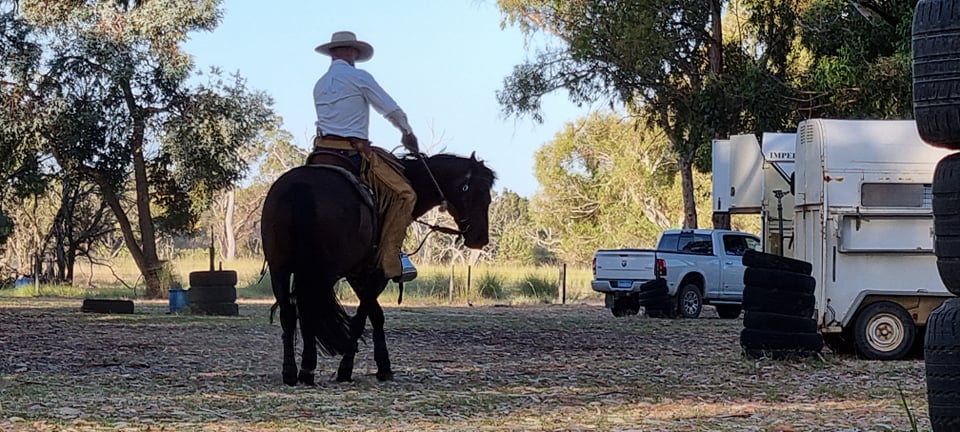
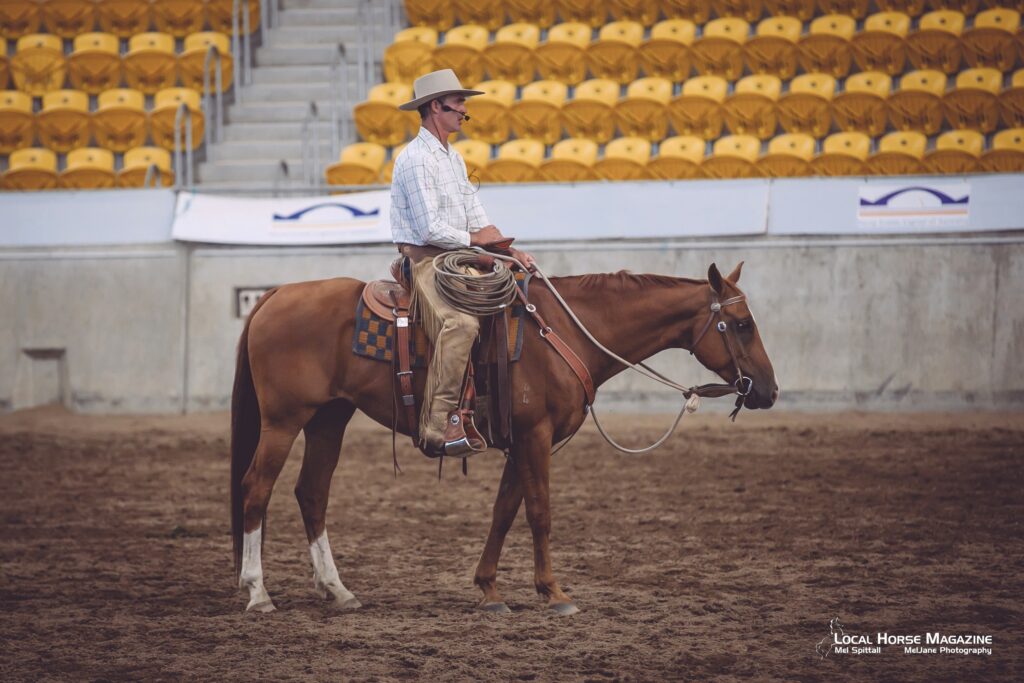
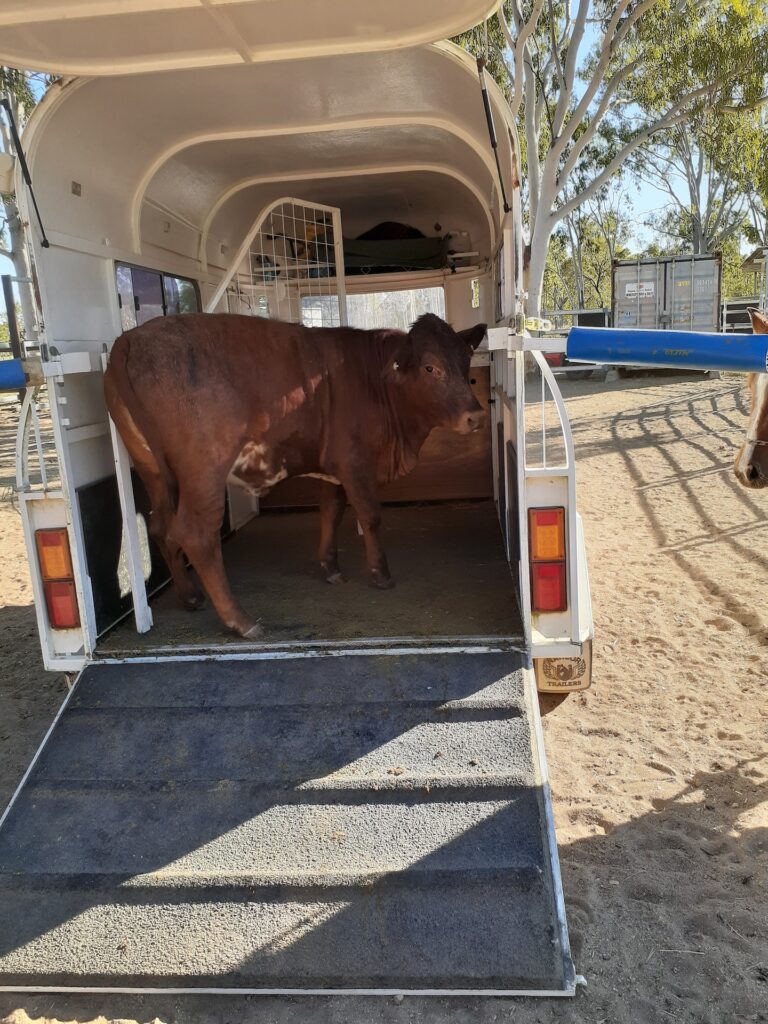
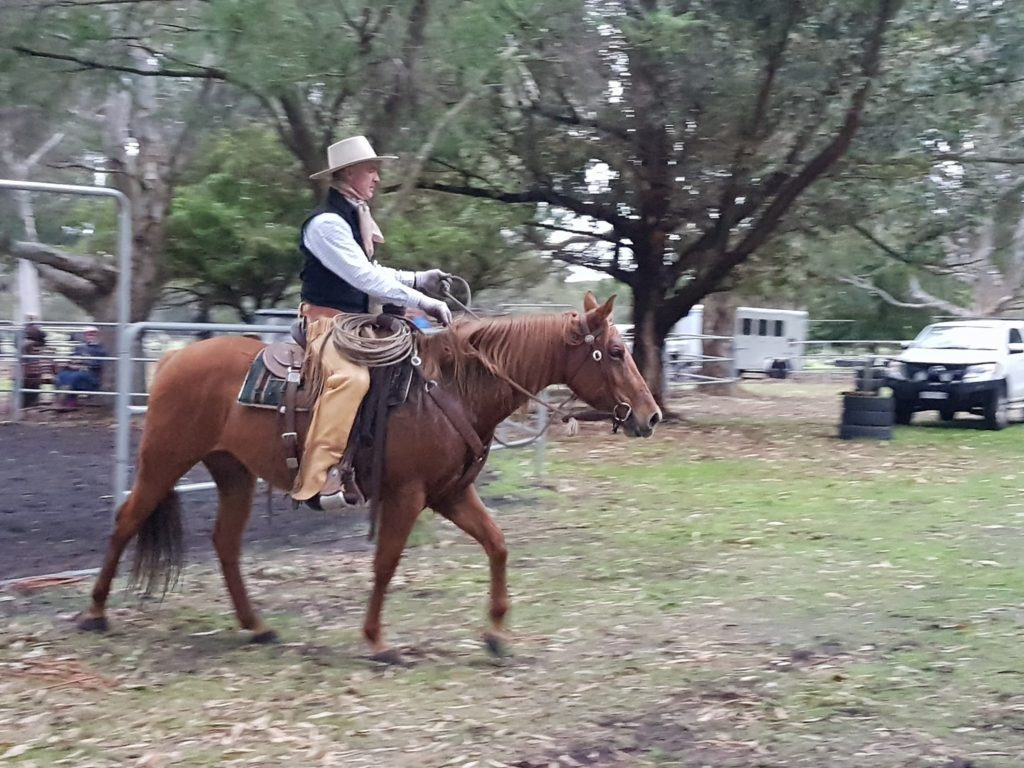
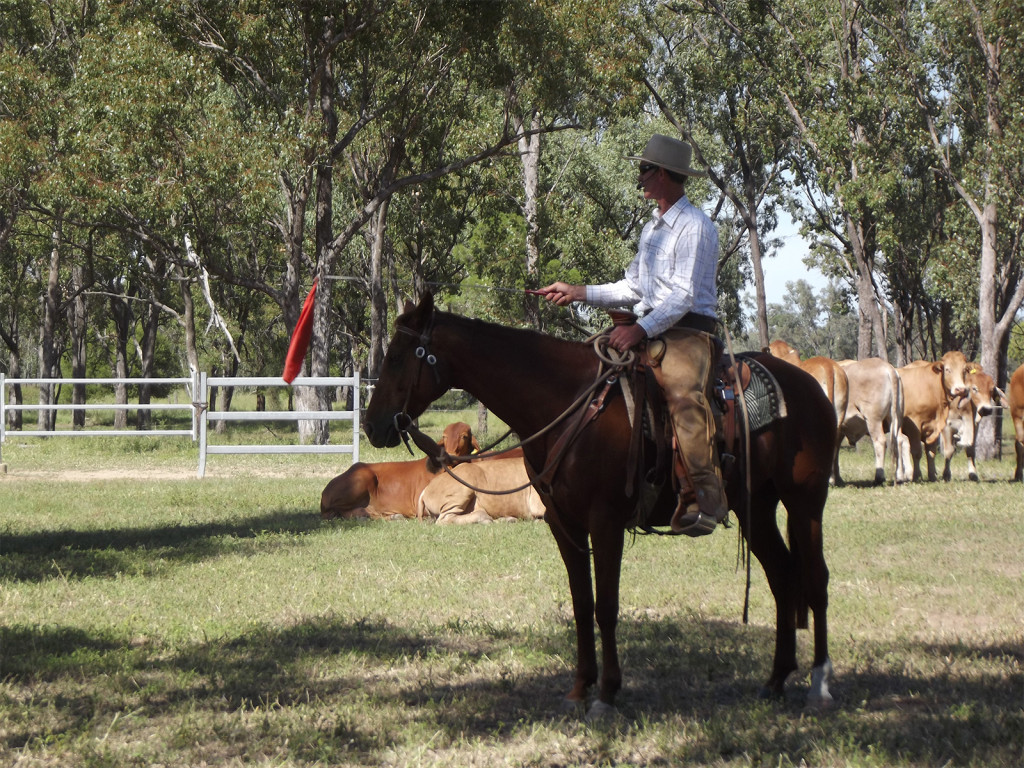

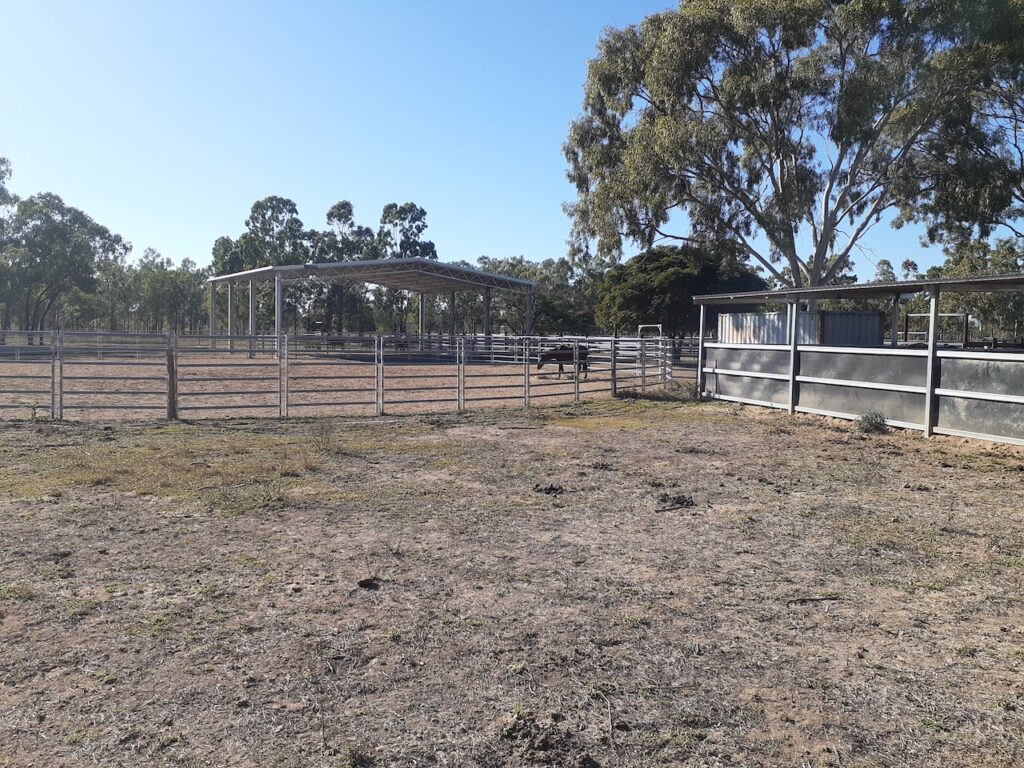
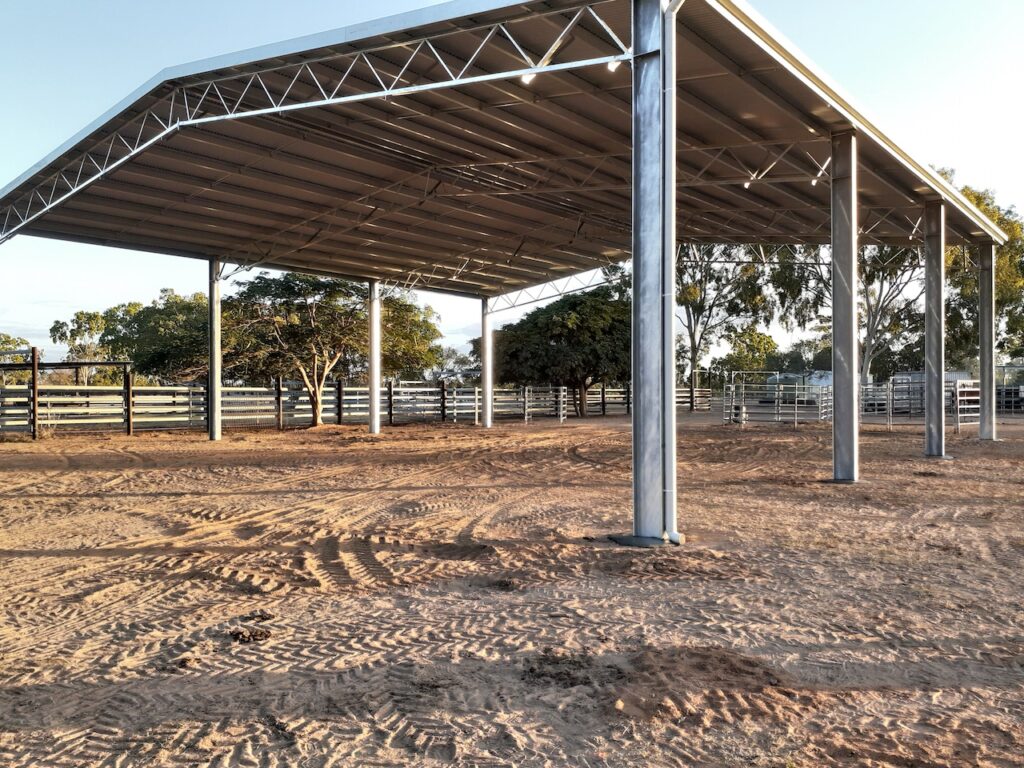
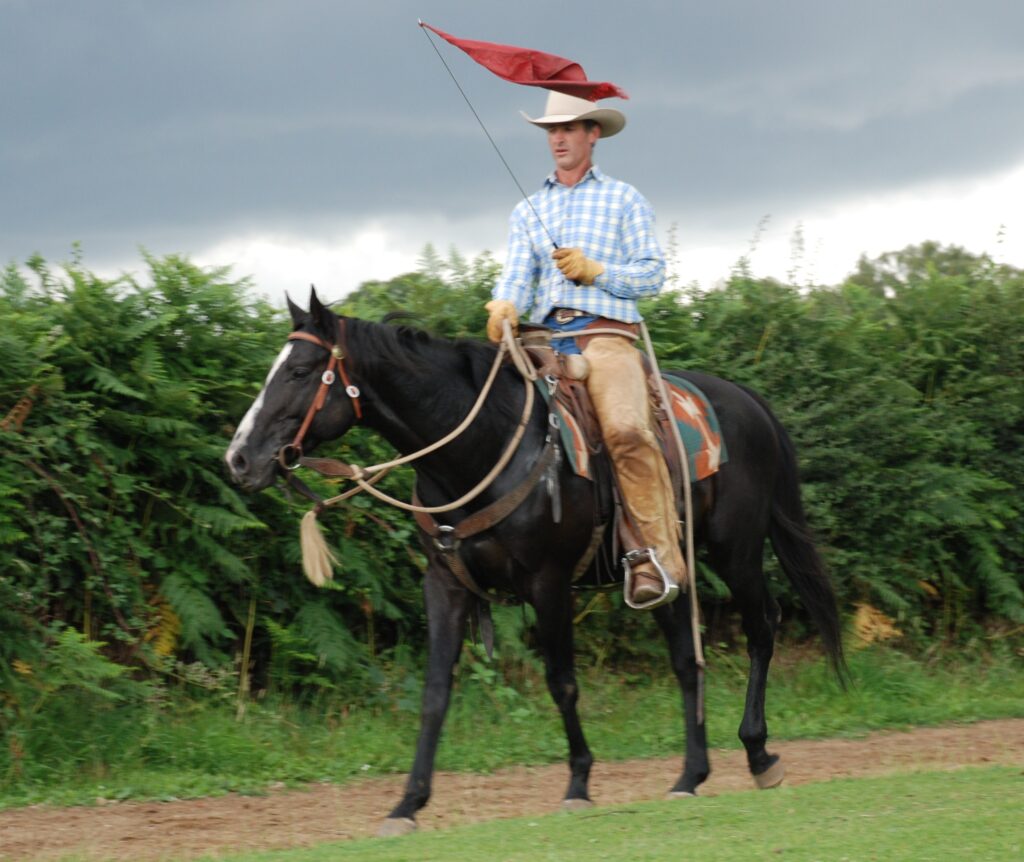

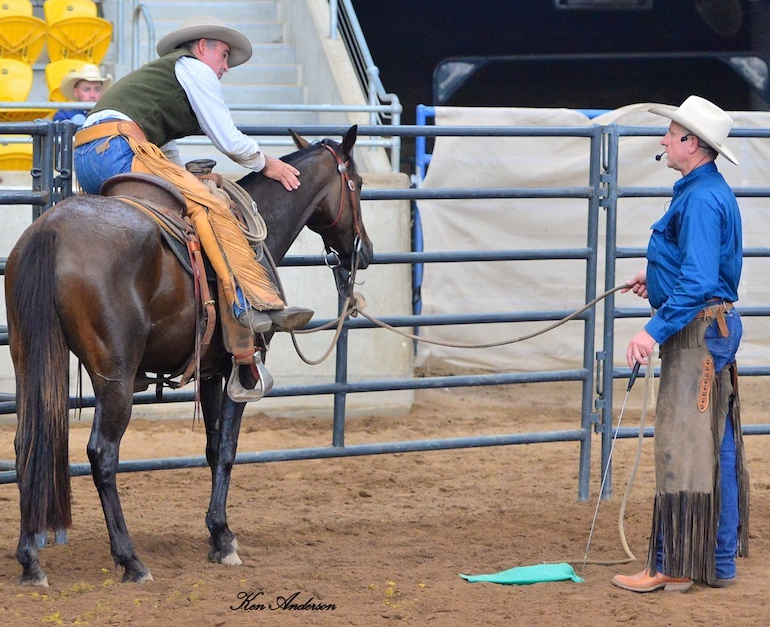
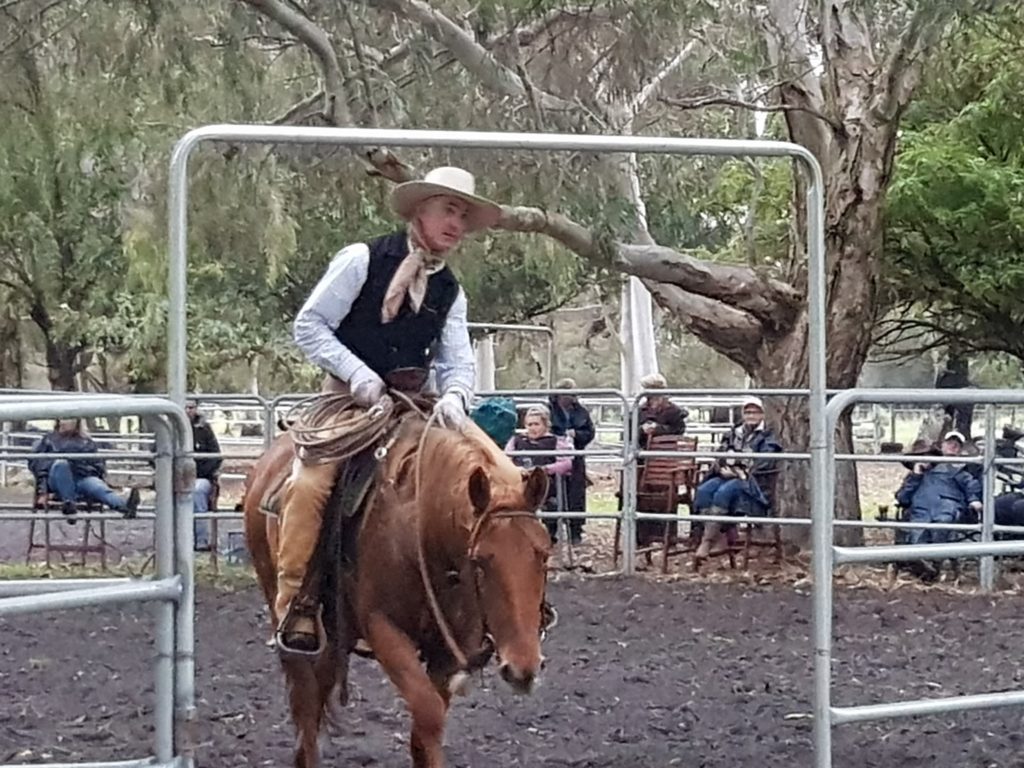
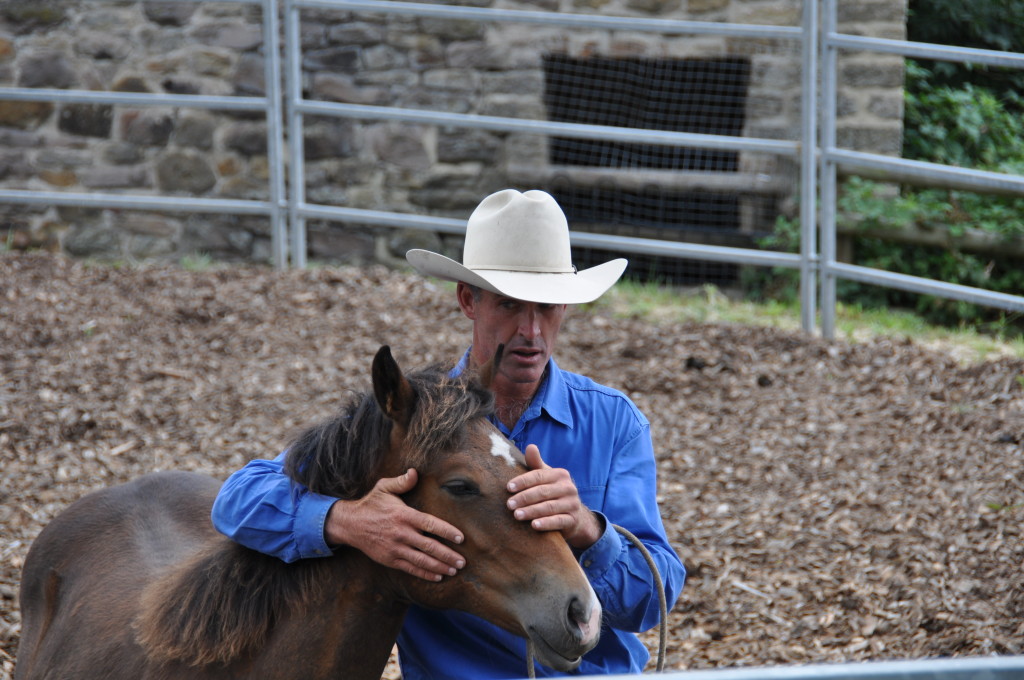
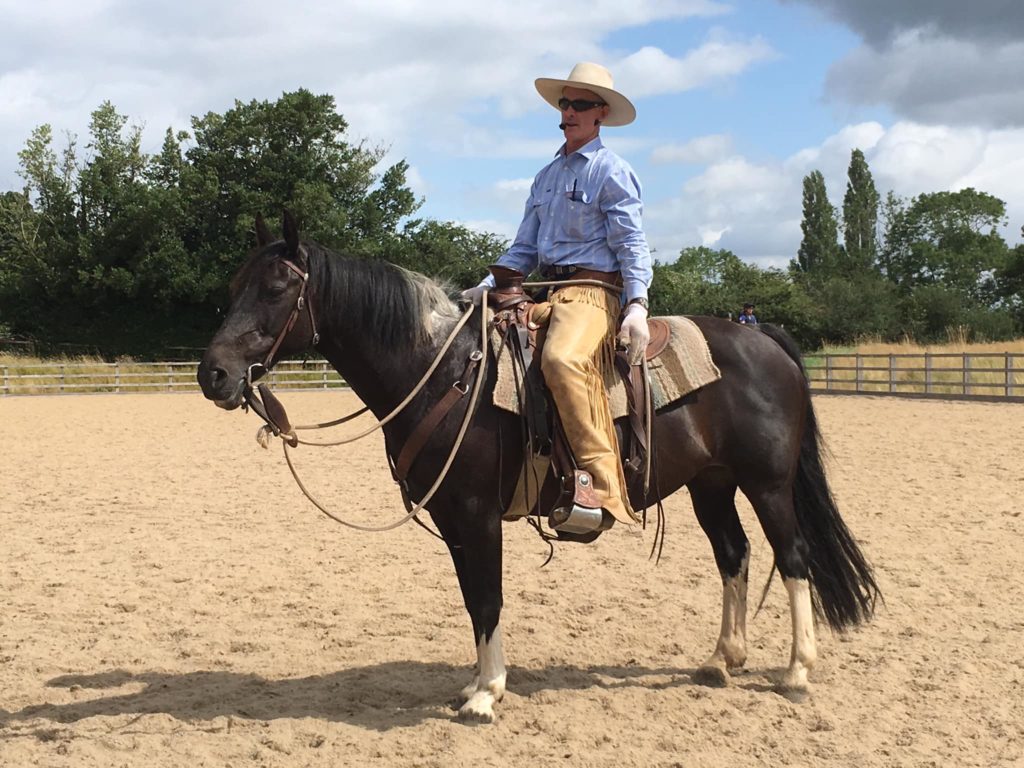
Recent Comments